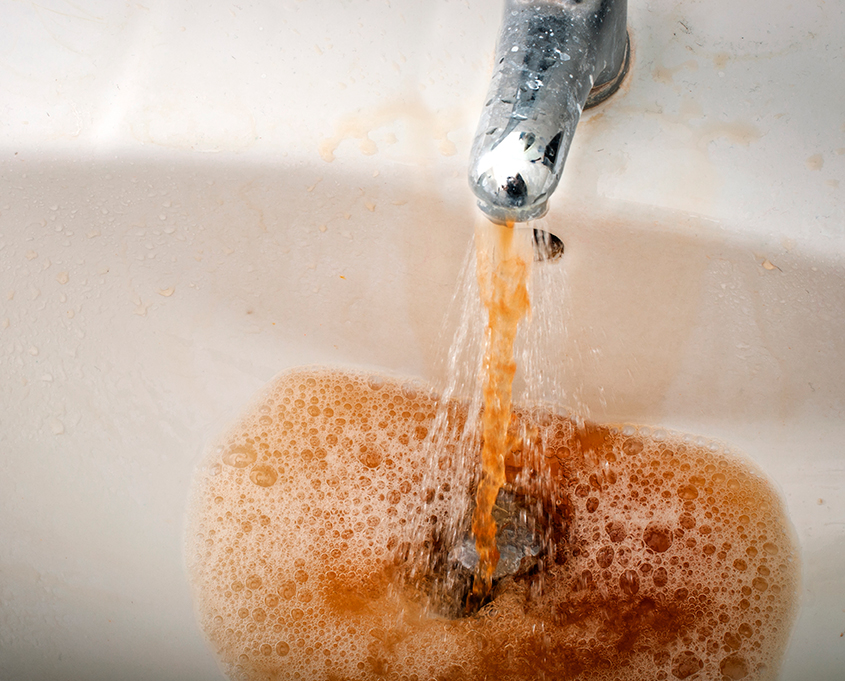There has been a new development in the Flint, Michigan drinking water saga. This one has nothing to do with lead poisoning, but the root cause is the same. When Flint officials switched water supplies to the city, this resulted in more corrosive drinking water. When water is more corrosive, lead can leach out of water supply pipes. People consuming that water, especially children, can have elevated lead levels. Increased corrosivity in the water also favors the growth of Legionella bacteria, the cause of Legionnaire’s Disease.
In June 2017, involuntary manslaughter charges were filed against five government officials. The allegations are: (1) corrosion in the Flint water system increased the risk of Legionnaire’s Disease; (2) these officials negligently failed to perform their duty to warn about the risks that the water posed; and (3) this negligence caused the death of at least one Flint resident. Those individuals charged included the current director of the Michigan Department of Health and Human Services, the former City of Flint emergency manager, and three other lower-ranking officials. A high-ranking state health department official was also charged with obstruction of justice and lying to an officer.
Water in homes supplied with Flint River water had Legionella concentrations roughly seven times as high as normally found. Elevated levels of iron were found in the Flint homes and hospitals using Flint River water, but little or no iron was found in nearby businesses using Detroit water. In more than half the water samples from homes supplied with the treated Flint River water, the researchers could not detect any chlorine. There should be some chlorine residual in drinking water to avoid the risk of bacterial exposure. The most likely way a person would be exposed to Legionella would be inhalation of tiny droplets while showering in contaminated water.
There are about 5,000 cases of Legionnaire’s Disease in the United States per year. Symptoms include cough, shortness of breath, fever, muscle aches, and headaches. One out of every ten cases is fatal. The individuals most at risk are those over 50 years of age, smokers, and people with pre-existing lung diseases or compromised immune systems.
Sources of Information: Chemical & Engineering News, CNN, and the Centers for Disease Control

